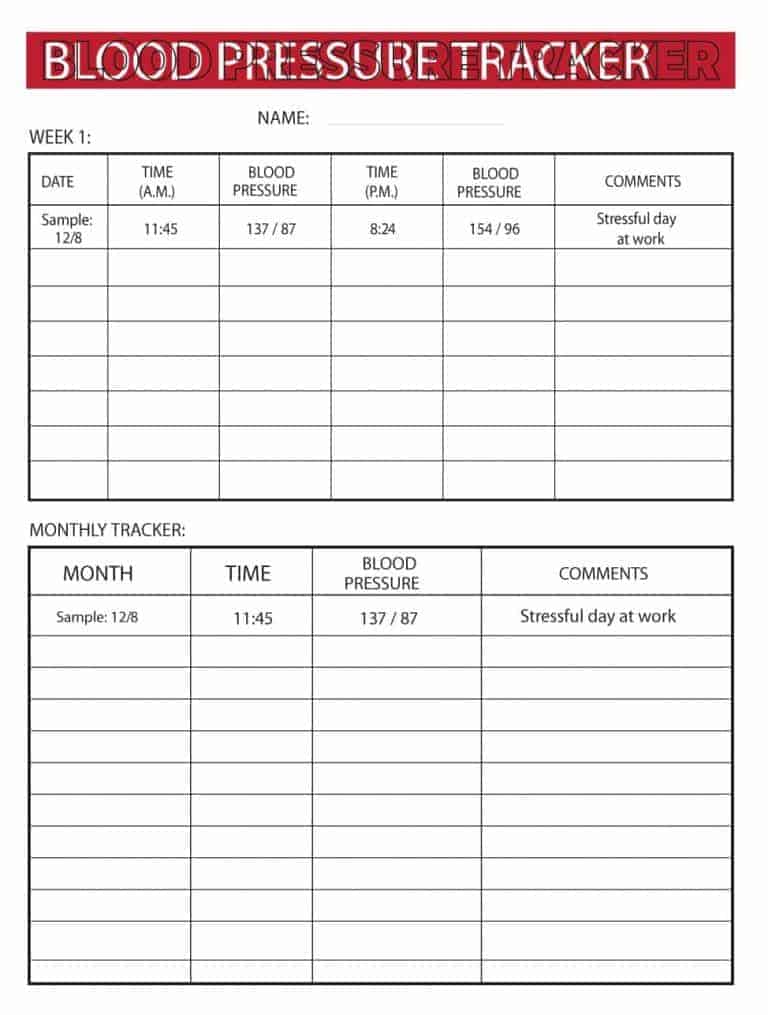
Possible signs that your teenager or other family member is using drugs include: Sometimes it's difficult to distinguish normal teenage moodiness or anxiety from signs of drug use. Recognizing unhealthy drug use in family members Experiencing withdrawal symptoms when you attempt to stop taking the drug.Failing in your attempts to stop using the drug.Spending a good deal of time getting the drug, using the drug or recovering from the effects of the drug.Driving or doing other risky activities when you're under the influence of the drug.Doing things to get the drug that you normally wouldn't do, such as stealing.

Continuing to use the drug, even though you know it's causing problems in your life or causing you physical or psychological harm.Not meeting obligations and work responsibilities, or cutting back on social or recreational activities because of drug use.Spending money on the drug, even though you can't afford it.Making certain that you maintain a supply of the drug.Taking larger amounts of the drug over a longer period of time than you intended.Over time, needing more of the drug to get the same effect.Having intense urges for the drug that block out any other thoughts.Feeling that you have to use the drug regularly - daily or even several times a day.Users assume all responsibility for any clinical decisions arising from the use of these clinical tools.Drug addiction symptoms or behaviors include, among others: Note that clinical calculators do not replace appropriate clinical decision-making, and that these tools are being made available as-is with no warranty expressed or implied. Please email if you have suggestions, would like to access a web service library for integration with your practice's EMR or would like to be notified of tool updates. The Fourth Report on the Diagnosis, Evaluation and Treatment of High Blood Pressure in Children. Blood pressure percentiles and index from National High Blood Pressure Education Program Working Group on High Blood Pressure in Children and Adolescents.Anthropomorphic tables and LMS representation from CDC.Growth charts: English (XLS) and Metric (XLS).Notes on how to install the Excel library are on the Practice tab of the growth chart spreadsheet. If the Anthrop.XLL Excel library is loaded, percentiles for these parameters and blood pressure will be computed as well. Medical assistants or clinicians can enter in birth date, gender and measurements and they will be automatically plotted on growth charts based on CDC data.


 0 kommentar(er)
0 kommentar(er)
